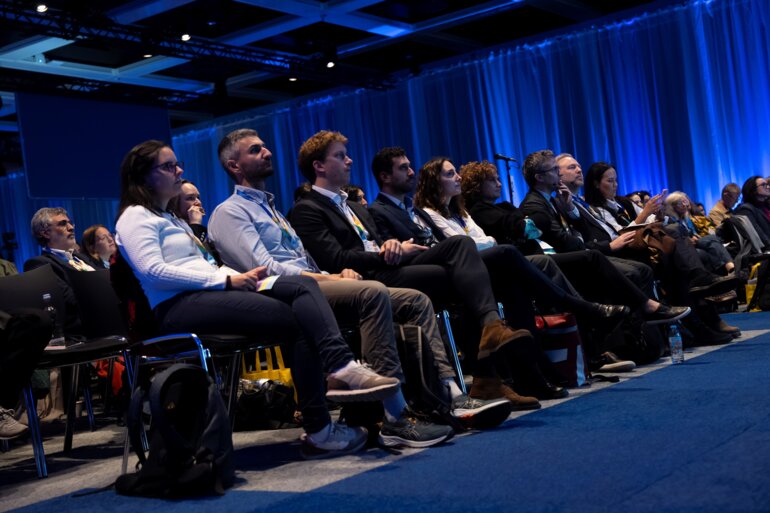The approval by the US FDA in 2014 of blinatumomab – the first bispecific antibody – and in 2017 of tisagenlecleucel – the first chimeric antigen receptor T (CAR-T)-cell therapy – for treatment of acute B-cell lymphoblastic leukaemia marked watershed moments in cancer treatment. Both immunotherapeutic approaches have advantages and challenges associated with their use, and this will be the focus of the Controversy session ‘Bispecific antibodies versus CAR-T cells: which one prevails?’ taking place on 21 September 2021, 15:10 – 15:45, Channel 6 at the ESMO Congress 2021.
Bispecific antibodies are those that recognise two different epitopes or antigens allowing elimination of their target by endogenous T-cells. In the field of oncology, bispecific T-cell engagers (BiTEs) are the most advanced antibodies of this type in clinical development but other bispecific T-cell activating platforms are also progressing, based on promising clinical and preclinical results. In fact, one of these, blinatumomab – an anti-CD19–anti-CD3 antibody – was the first bispecific antibody to receive regulatory approval as a treatment for patients with relapsed or refractory acute lymphoblastic leukaemia (ALL). In the pivotal TOWER phase III trial, blinatumomab significantly improved overall survival compared with standard-of-care chemotherapy, changing the treatment landscape for these patients (N Engl J Med 2017;376:836–847). Another T-cell activating antibody to reach the market was catumaxomab (anti-CD3–anti-epCAM antibody) for the treatment of malignant ascites in 2009. However, the burden of application (intraperitoneal) together with a not-so-favourable safety profile and limited clinical utility restricted its impact and, ultimately, the antibody was withdrawn from the market. This example demonstrates the complexity of the underlying biology and the need for a good safety-to-efficacy profile for bispecific antibodies.
Bispecific antibodies offer an off-the-shelf approach, meaning – unlike CAR-T cells – they are readily and broadly available.
Another advantage over CAR-T cells is that there is no requirement to manufacture them for each individual patient; as such, there is no time gap between treatment indication and actual treatment.
However, in common with CAR-T cells, the use of bispecific antibodies is associated with significant toxicity. Serious adverse events of interest include neurological side -effects and cytokine release syndrome (CRS). Haematological symptoms and infections also frequently occur. In this sense, the safety profile of bispecific antibodies and CAR-T cells are essentially similar; however, the incidence of CRS – a potentially life-threatening complication – is lower with bispecific antibodies than reported with CAR-T cells.
The short half-life of bispecific antibodies (at least in the BiTE format) – owing to their rapid clearance because of their small size – requires patients to undergo repeated continuous intravenous infusions or subcutaneous treatments. Consequently, the effects of the antibodies are self-limiting, but this also aids the control and management of side -effects by providing an opportunity for treatment interruption, which is a key advantage over CAR-T cells.
Although blinatumomab is a human antibody, anti-blinatumomab antibodies have been reported (including neutralising antibodies in some patients), albeit at low frequencies. Given that the single-chain variable fragment binder of the CD19-CAR-T is murine, it may be expected that anti-CAR-antibodies could be encountered. However, this anticipated potential issue has not materialised in the real-life setting, which may be due to the heavily pre-treated nature of the patient population and because B cells are targeted.
While the available evidence base is insufficient to draw robust conclusions on the advantages of bispecific antibodies over CAR-T-cell therapy and vice versa, we as oncologists welcome the availability of these effective anticancer treatments and will consider the suitability of these landmark therapies for our patients on an individualised basis. Indeed, the addition of both of these therapy types will increase competition in their respective indications, which may provide a knock-on benefit of reducing costs for healthcare systems worldwide.







